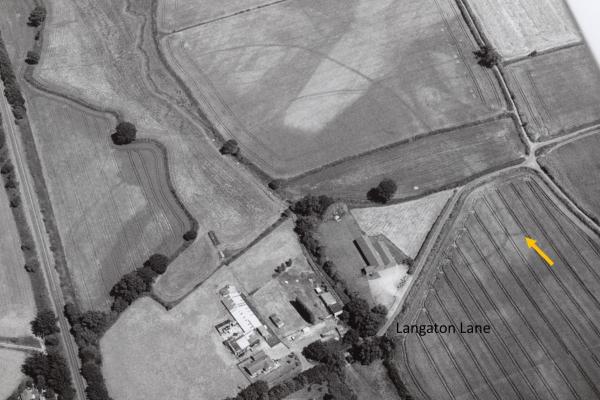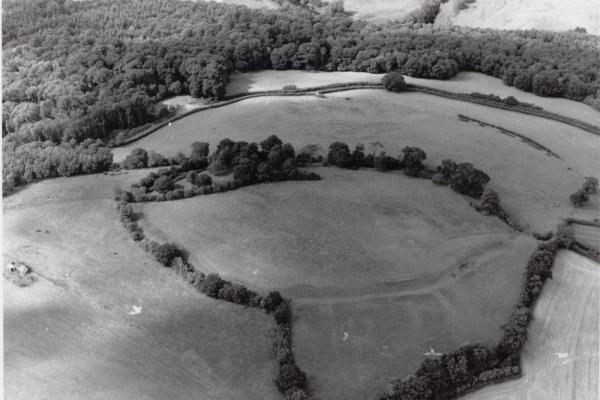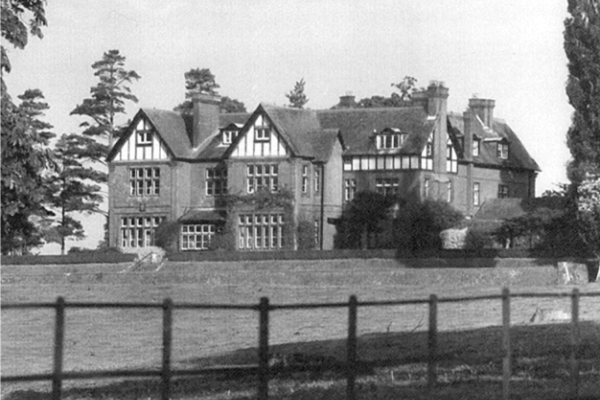The Clyst Valley is brimming with archaeological sites, prehistoric settlements, listed buildings and stunning designed parks and gardens.
Stone Age to Roman period:
Fossils found at Hellings Park and Broadclyst Manor show that the land was used for human activity dating back to 7000 BC (Before Christ). Bronze Age barrows are large round mounds of earth built for burials and sacred rituals.

Celtic tribes during the Iron Age built forts on the top of hills which were surrounded by big ditches and wooden walls to keep enemies out. What is left of these hillforts can be found at Stoke Hill, Killerton and Woodbury.

Ancient Roman roads run from Dorchester to Exeter and through Cranbrook Country Park. The Fortlet at Stoke Hill was also home to a roman signal station, where guards lit fires to warn of oncoming enemy attack.
Medieval period:
Within the Clyst valley there are villages, hamlets, farms, and houses that were built centuries ago during the medieval period.
Archaeology digs at Cranbrook have uncovered burial mounds, where a medieval arm bracer was recently found. Archers used these carefully crafted guards to protect their arms when shooting arrows in the ancient woodlands that used to exist in the Valley.
Windmill Hill is thought to be the site of the battle of Clyst St Mary that took place in 1549 during the Prayerbook Rebellion (also known as the Western Rebellion), when Devon and Cornwall rebels were defeated by the royal army shortly after the death of Henry VIII.
Sunken Medieval settlements can be found at Ashclyst Forest, where visitors can still see the historic lanes which were viewed as the heart of the community. The lanes were important because they were used by ordinary folk to travel to the local watermills, sawmills and orchards for work and trade.

Ancient monuments such as animal pounds used by medieval people to keep their livestock can be found on Woodbury Road.
Modern Age/World War II:
The Clyst Valley was an important site during World War II. RAF Exeter built anti-aircraft sites across the park, designed to protect against German air raids. Poltimore House was used by the army to set up a sector control room, which was hugely important in directing the squadrons. It was also the site for the Women’s Auxiliary Air Force buildings which still exist today. Further RAF camps and US army bases were also set up at other historic buildings in the area such as Winslade Park. Dymond’s Farm was once the site for a ‘Prisoner of War’ camp, which held German and Italian soldiers.
